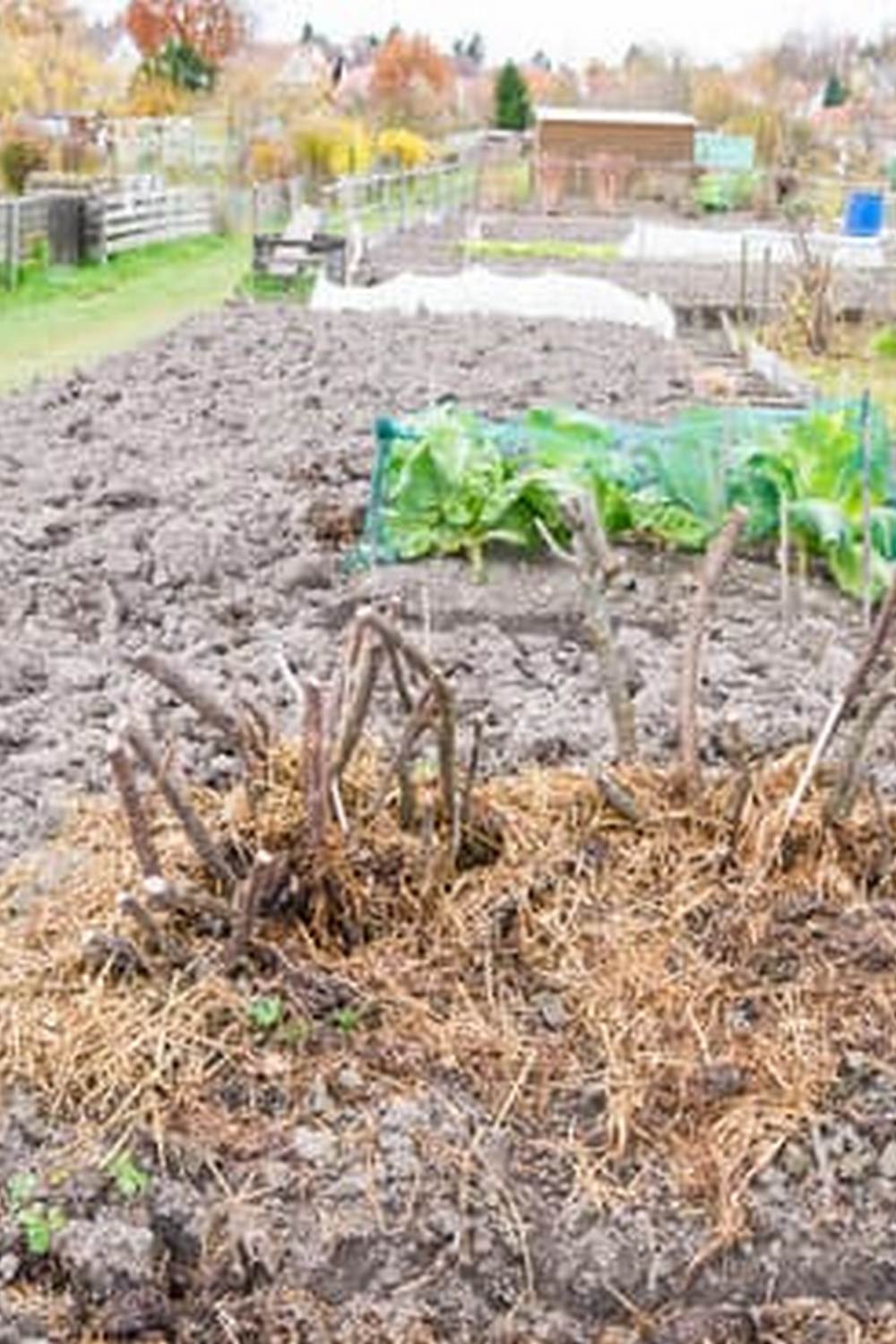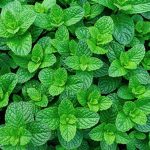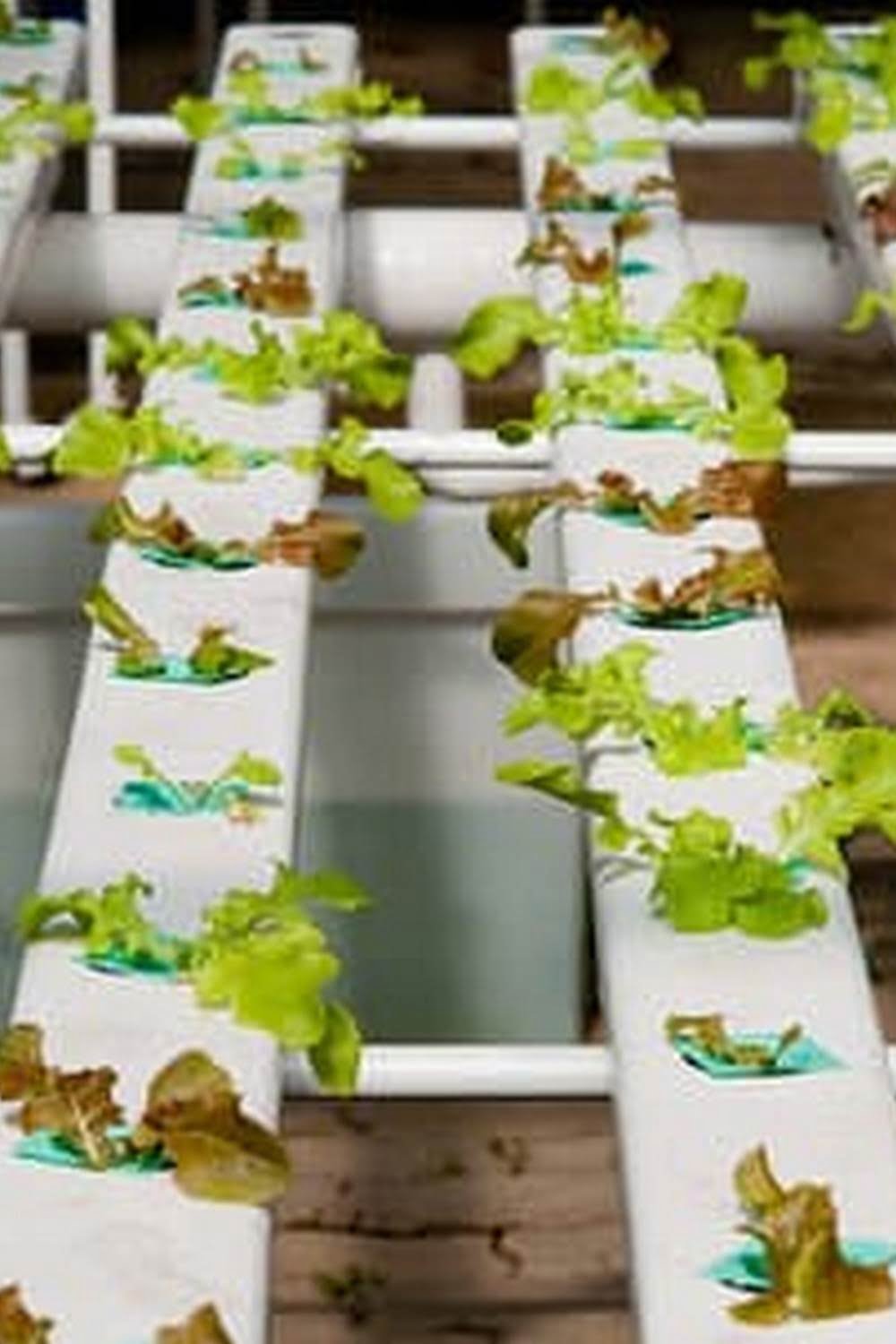Are you looking to improve the performance of your vegetable garden? One effective way to do so is by using shade cloth. This article will explore the benefits, uses, and practical tips for using shade cloth in vegetable gardens.
Shade cloth can be a game-changer for vegetable gardens, providing protection from excessive sunlight and heat while promoting optimal growing conditions. From increased yield to protection from harsh weather conditions, using shade cloth can significantly enhance the overall health and productivity of your vegetable plants.
In this comprehensive guide, we will delve into understanding what shade cloth is and how it works in agriculture. We will also discuss important factors to consider when choosing the right shade cloth for your specific needs, providing a step-by-step installation process and maintenance tips for optimal performance.
Additionally, we will provide a list of vegetable plants suitable for thriving under shade cloth, address common issues that may arise, and showcase real-life success stories of using shade cloth in vegetable gardens.
Understanding Shade Cloth
What Is Shade Cloth?
Shade cloth is a woven material made from various types of fabric, such as polyethylene, that is designed to provide shade and protection for plants. It comes in different percentages of shade, typically ranging from 20% to 90%, allowing gardeners to choose the level of sunlight filtration suitable for their vegetable plants. Shade cloth also offers protection from harsh weather conditions like strong winds and heavy rainfall.
How Does Shade Cloth Work in Agriculture?
In agriculture, shade cloth is used to create a more controlled environment for plants, especially in regions with intense sunlight or extreme temperatures. By using shade cloth, gardeners can manipulate the amount of sunlight reaching their crops, preventing sunburn and heat stress. Additionally, shade cloth helps to reduce water evaporation from the soil, which can be particularly beneficial in arid climates.
The Benefits of Using Shade Cloth in Vegetable Gardens
The use of shade cloth in vegetable gardens offers several advantages. It not only protects plants from excessive sunlight but also promotes better growth by creating an optimal microclimate. Furthermore, shade cloth can extend the growing season for certain crops by moderating temperature fluctuations. This allows gardeners to cultivate a wider variety of vegetables throughout the year, resulting in a more diverse and abundant harvest.
Choosing the Right Shade Cloth
When choosing the right shade cloth for your vegetable garden, there are several factors to consider to ensure that it provides optimal protection for your plants. The first consideration when selecting shade cloth is the percentage of shade it provides. Shade cloth comes in various densities, ranging from 10% to 90% shade. The amount of shade needed will depend on the specific requirements of the vegetable plants you are growing.
Another important factor to consider is the durability and lifespan of the shade cloth. Quality shade cloth should be able to withstand harsh weather conditions such as strong winds, heavy rain, and intense sunlight. Additionally, look for shade cloth that is resistant to mold, mildew, and UV degradation to ensure longevity.
It’s also crucial to take into account the size and shape of your vegetable garden when choosing shade cloth. Measure your garden area accurately to determine the amount of shade cloth needed. Consider whether you will need a single large piece of shade cloth or multiple smaller pieces to cover your vegetable beds effectively.
Furthermore, think about the color of the shade cloth. While most shades come in black or green, some also come in white or silver. Each color has different reflective properties that can impact temperature regulation and plant growth. Ensure that the color you choose aligns with your specific gardening goals and needs.
Considering all these factors when selecting shade cloth for your vegetable garden will ensure that you make an informed decision that promotes healthy plant growth and maximizes the benefits of using shade cloth in vegetable gardens.
Installation Process
Installing shade cloth in a vegetable garden is crucial for providing the right amount of protection to your plants. Here’s a step-by-step guide on how to properly install shade cloth using basic materials:
1. Measure your garden area: Before purchasing shade cloth, measure the area of your vegetable garden to determine how much material you will need. Consider the height of your plants and the amount of sunlight you want to block.
2. Gather necessary materials: You will need shade cloth, support poles, zip ties, and scissors or a utility knife. Make sure the support poles are sturdy enough to withstand wind and other weather conditions.
3. Install support poles: Place the support poles around the perimeter of your garden bed and secure them into the ground. Make sure they are evenly spaced for proper support.
4. Attach shade cloth to support poles: Unroll the shade cloth over your garden bed, ensuring it covers all the plants. Use zip ties to secure the shade cloth to the support poles, making sure it is taut and evenly distributed.
5. Trim excess material: Use scissors or a utility knife to trim any excess shade cloth that hangs over the edges of your garden bed.
Proper installation of shade cloth in vegetable gardens is essential for protecting plants from harsh sunlight while allowing enough light for healthy growth. By following these steps, you can ensure that your vegetable garden is adequately shaded, promoting optimal plant growth and crop production.
Maintaining Shade Cloth
Shade cloth is a valuable tool for vegetable gardeners, providing protection from harsh sunlight and extreme temperatures. After installing shade cloth in your garden, proper maintenance is crucial to ensure its optimal performance. Regular upkeep will prolong the lifespan of the shade cloth and continue to provide the necessary protection for your vegetable plants.
One important tip for maintaining shade cloth in vegetable gardens is to regularly clean the cloth to prevent dirt buildup and blockage of sunlight. Use a gentle cleaner and a soft brush to remove any debris or residue from the shade cloth. This will ensure that the sunlight can penetrate through the fabric and reach your plants effectively.
Another essential aspect of maintaining shade cloth is checking for any tears or damage. Inspect the cloth regularly for any signs of wear and tear, as small issues can quickly escalate into larger problems if left unattended. Repair any tears or holes promptly using patching tape or by sewing a patch over the damaged area.
It is also important to periodically check the anchors and fastenings of the shade cloth to ensure that it remains securely in place. Harsh winds or storms can cause the shade cloth to become loose or dislodged, potentially causing damage to both the cloth and your vegetable plants. By performing regular checks on the fastenings, you can prevent any unexpected mishaps that may compromise the effectiveness of using shade cloth in your vegetable garden.
| Maintenance Tip | Details |
|---|---|
| Cleaning | Regularly clean the shade cloth with a gentle cleaner and soft brush to remove debris and dirt buildup. |
| Inspect for Damage | Periodically check for tears, holes, or other damage on the shade cloth, repairing them promptly. |
| Check Fastenings | Regularly inspect anchors and fastenings to ensure that the shade cloth remains securely in place. |
Vegetable Plants Suitable for Shade Cloth
When using shade cloth in vegetable gardens, it is important to choose the right types of vegetables that will thrive under these conditions. Shade cloth can help protect delicate plants from harsh sunlight and heat, creating a more favorable environment for certain crops to grow. Here is a comprehensive list of vegetable plants that are suitable for growing under shade cloth:
- Lettuce: Lettuce is a popular choice for shade cloth vegetable gardens as it prefers cooler temperatures and partial shade.
- Spinach: Similar to lettuce, spinach thrives in shadier conditions and can benefit from the protection provided by shade cloth.
- Kale: This leafy green is an excellent choice for shade cloth gardens as it can tolerate lower light levels and still produce abundant foliage.
Additionally, root vegetables such as carrots, radishes, and beets can also be grown under shade cloth as they do not require direct sunlight to thrive. Herbs like mint, parsley, and cilantro are also suitable for shaded environments. It’s important to consider the specific needs of each plant when using shade cloth in your vegetable garden.
Shade cloth can also benefit fruiting plants such as tomatoes, peppers, and eggplants by providing protection from extreme heat and sun exposure. When choosing vegetable plants for your shaded garden, consider the amount of light they need and their tolerance for cooler temperatures.
Ultimately, with proper selection and care of vegetable plants under shade cloth, you can create a thriving garden that yields a bountiful harvest despite less-than-ideal lighting conditions.
Common Issues and Solutions
While using shade cloth in vegetable gardens can provide numerous benefits, such as protection from harsh sunlight and extreme weather conditions, there are some common issues that may arise. One of the most prevalent problems is the accumulation of debris on the shade cloth, which can prevent light and water from reaching the plants. This can be addressed by regularly cleaning the shade cloth to ensure optimal performance.
Another common issue is improper installation, leading to sagging or tearing of the shade cloth. To prevent this, it is crucial to follow a proper installation process and secure the cloth tightly over the garden area. Additionally, selecting the right shade cloth for your specific vegetable garden is essential. Some vegetables may require different levels of shade, so choosing the appropriate cloth based on light transmission percentage and UV protection is crucial for optimal growth.
Moreover, pests and insects can also pose a threat to vegetable plants under shade cloth. It’s important to regularly inspect the plants for any pest infestations and apply suitable pest control methods as needed. Lastly, extreme weather conditions such as heavy rain or strong winds can damage the shade cloth if not properly maintained. Checking for any tears or damages after severe weather events and making necessary repairs is critical for prolonging the life of the shade cloth.
| Common Issue | Solution |
|---|---|
| Accumulation of debris | Regular cleaning of shade cloth |
| Improper installation leading to sagging or tearing | Follow proper installation process; select appropriate shade cloth |
| Pest infestations | Regular inspection and application of pest control methods |
| Damages from extreme weather conditions | Check for damages after severe weather events and make necessary repairs |
By being proactive in addressing these common issues using effective solutions, you can ensure that your shade cloth vegetable garden continues to thrive and yield healthy produce throughout the growing season.
Real-Life Examples
In conclusion, using shade cloth in vegetable gardens has proved to be an effective method for optimizing plant growth and yields. The benefits of using shade cloth in vegetable gardens are numerous, including protection from excessive heat, wind, and pests, as well as providing a conducive environment for the plants to thrive. Understanding the importance of shade cloth in agriculture and choosing the right type that suits specific environmental conditions are crucial steps in ensuring successful implementation.
Proper installation and maintenance of shade cloth are also essential for optimal performance. Following a step-by-step guide for installation and heeding tips for maintenance will guarantee that the shade cloth serves its purpose effectively. Furthermore, knowing which vegetable plants are suitable for shade cloth is important for maximizing the potential of the garden.
Addressing common issues that may arise when using shade cloth in vegetable gardens and providing practical solutions is vital for overcoming challenges. Real-life examples showcasing success stories of using shade cloth in vegetable gardens further emphasize the benefits it brings to the harvest. These success stories serve as inspiration and motivation for others to adopt this technique in their own gardening practices, demonstrating how using shade cloth can lead to bountiful harvests and overall garden success.
Frequently Asked Questions
Is Shade Cloth Good for Vegetable Garden?
Shade cloth can be beneficial for a vegetable garden, as it provides protection from harsh sunlight, reduces evaporation, and helps to maintain soil moisture. It also helps to prevent sunscald on delicate vegetables.
Will Tomatoes Grow Under Shade Cloth?
Tomatoes can grow under shade cloth, but it is important to choose the right level of shading. Too much shade can hinder fruit production, so a 30-40% shade cloth is ideal for tomatoes to thrive while still being protected from intense sunlight.
How Do You Use Shade Cloth on Tomato Plants?
To use shade cloth on tomato plants, simply drape the cloth over a support structure or create a frame around the plants. Be sure to secure the cloth properly to prevent it from shifting in the wind. It’s important to monitor the temperature and plant growth to ensure the shade level is appropriate.

If you’re looking to get into vegetable gardening, or are just looking for some tips on how to make your current garden better, then you’ve come to the right place! My name is Ethel and I have been gardening for years. In this blog, I’m going to share with you some of my best tips on how to create a successful vegetable garden.





